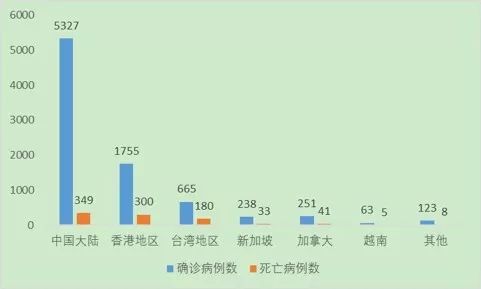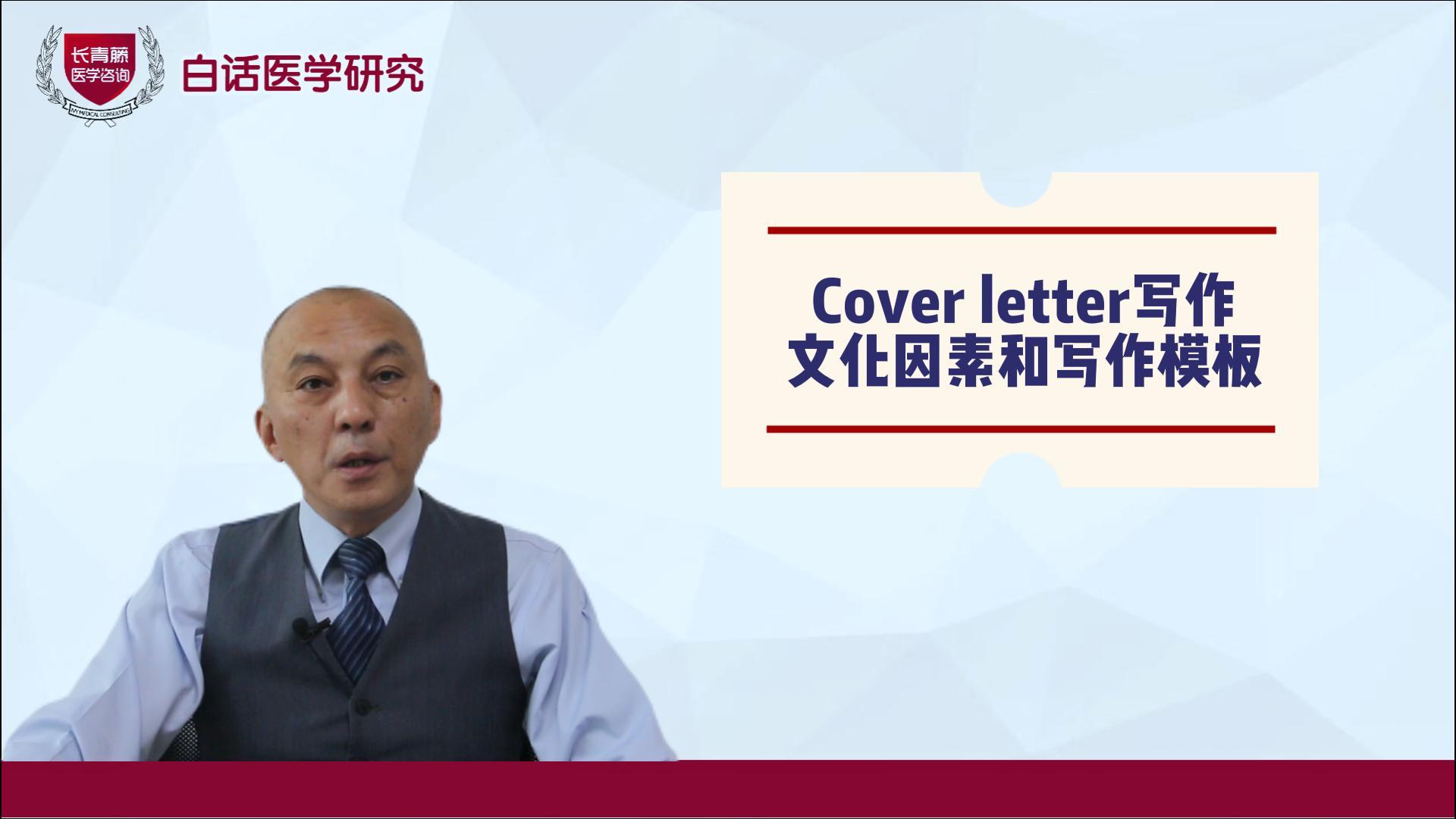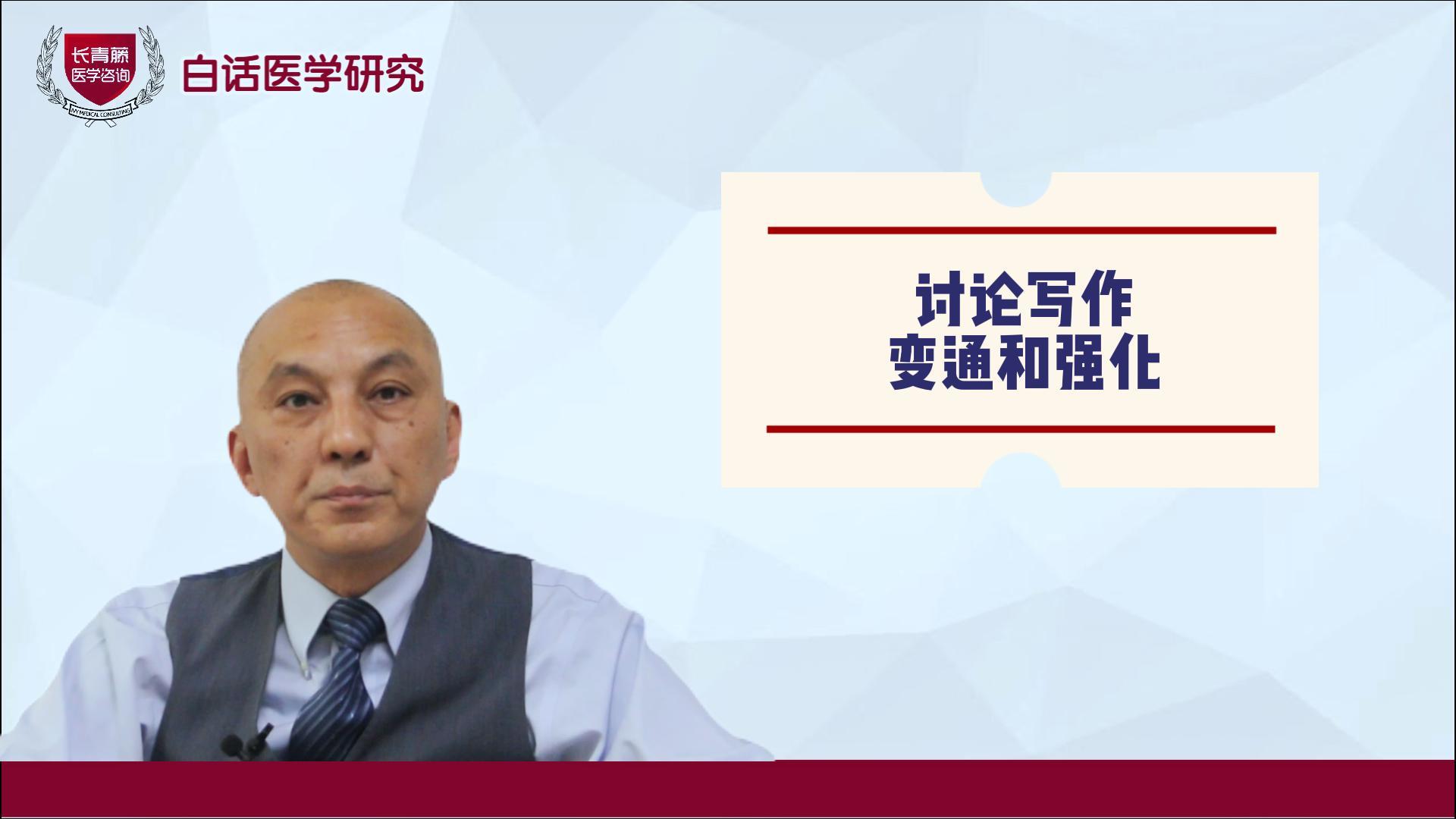[1] Lam W K , Zhong N S , Tan W C . Overview on SARS in Asia and the World[J]. Respirology, 2003, 8.
[2] 范学工, 龙云铸. 严重急性呼吸综合征——非典型性肺炎讨论[J]. 中国现代医学杂志, 2003(8).
[3] Drosten C, Günther S, Preiser W, van der Werf S, Brodt H R, Becker S et al. Identification of a novel coronavirus in patients with severe acute respiratory syndrome. New England Journal of Medicine, 2003, 348:1967-1976
[4] Peiris JSM, Lai ST, Poon LLM, Guan Y, Yam LYC, W Lim W et al. and SARS study group. Coronavirus as a possible cause of severe acute respiratory syndrome. Lancet, 2003, 361:1319– 1325.
[5] Peiris JSM, Lai ST, Poon LLM, Guan Y, Yam LYC, W Lim W et al. and SARS study group. Coronavirus as a possible cause of severe acute respiratory syndrome. Lancet, 2003, 361:1319–
1325.
[6] Antia R, Rogoes RR, Koella JC, Bergstrom CT. The role of evolution in the emergence of infectious diseases. Nature, 2003, 426:658-661.
[7] Retrospective analysis for first-visiting case data of 272 SARS inpatients in Peking University Third Hospital[J]. Journal of Beijing Medical University, 2003.
[8] So K Y , Lau A C , Yam L Y , et al. Development of a standard treatment protocol for severe acute respiratory syndrome[J]. Lancet (North American Edition), 2003, 361(9369):0-1617.
[9] Rui-Lin Z , Qiang J , Bao-Guo W . Controlled Clinical study on 49 Patients of SARS Treated by Integrative Chinese and Western Medicine[J]. Chinese Journal of Integrated Traditional and Western Medicine, 2003, 23(9):654.
[10] Riley, S. Transmission Dynamics of the Etiological Agent of SARS in Hong Kong: Impact of Public Health Interventions[J]. Science, 2003, 300(5627):1961-1966.
[11] Marc, Lipsitch, Ted, et al. Transmission dynamics and control of severe acute respiratory syndrome.[J]. Science (New York, N.Y.), 2003.
[12] CDC. (2009). Swine-origin influenza A (H1N1) virus infections in a school-New York City, April 2009. MMWR. Morbidity and mortality weekly report, 58(17), 470.
[13] WHO. Preliminary information important for understanding the evolving situation: novel influenza A (H1N1) briefing note 4. Geneva, Switzerland: World Health Organization; 2009.
[14] 刘宇鹏. (2011). 甲型h1n1流感大流行2周年记. 医学与哲学(临床决策论坛版)(11), 68-70.
[15] WHO. (2009). New influenza A (H1N1) virus: global epidemiological situation, June 2009. Weekly Epidemiological Record= Relevé épidémiologique hebdomadaire, 84(25), 249-257.
[16] CDC. (2019). 2009 H1N1 Pandemic Timeline. Available at: https://www.cdc.gov/flu/pandemic-resources/2009-pandemic-timeline.html
[17] 孔鹏, 孟庆跃, & 贾莉英. (2009). 我国甲型h1n1流感防控策略的评析及选择. 医学与哲学(临床决策论坛版)(10), 21-23.
[18] 中华人民共和国卫生部. (2009). 卫生部关于将甲型H1N1流感(原称人感染猪流感)纳入《中华人民共和国传染病防治法》和《中华人民共和国国境卫生检疫法》管理的公告(2009年第8号). http://www.moh.gov.cn/publicfiles/business/htmlfiles/mohjbyfkzj/s7923/200904/40328.htm.
[19] 中华人民共和国中央人民政府. (2011). 卫生部办公厅关于印发《住院严重急性呼吸道感染病例哨点监测方案(2011年版)》的通知. http://www.gov.cn/zwgk/2011-02/11/content_1801649.htm.
[20] 中华人民共和国卫生部. (2011). 卫生部办公厅关于印发《流行性感冒诊断与治疗指南(2011年版)》的通知. http://www.moh.gov.cn/pubIicfiles/business/html-files/mohyzs/s3585/2011 03/50776.htm.
[21] CDC. (2019). 2009 H1N1 Pandemic (H1N1pdm09 virus). Available at: https://www.cdc.gov/flu/pandemic-resources/2009-h1n1-pandemic.html
[22] WHO. (2010). WHO recommendations for the post-pandemic period. Retrieved October.
[23] 中国国家流感中心. (2011). 2011第13周流感周报. http://www.cnic.org.cn/ehn/down/show down.php? downid=640.
[24] Pasquini-Descomps, H., Brender, N., & Maradan, D. (2017). Value for money in H1N1 influenza: A Systematic review of the cost-effectiveness of pandemic interventions. Value in Health, 20(6), 819-827.
[25] 陈和平. (2009). 美国应对甲型h1n1流感的经验及防控建议. 全球科技经济瞭望(12), 68-72.
[26] 高占成. (2010). 重视和总结我国临床诊治甲型h1n1流感的经验. 中国呼吸与危重监护杂志, 9(3), 225-225.
[27] Siston, A. M., et al. (2010). Pandemic 2009 influenza A (H1N1) virus illness among pregnant women in the United States. Jama, 303(15), 1517-1525.
[28] Fraser, C., et al. (2009). Pandemic potential of a strain of influenza A (H1N1): early findings. science, 324(5934), 1557-1561.
[29] 夏文英, 黄吉城, & 伊怀文. (2009). 甲型h1n1流感病原学及其治疗药物和疫苗研究进展. 中国国境卫生检疫杂志(04), 36-38+42.
[30] 徐喜卿, & 李顺平. (2016). 我国甲型h1n1流感疫苗免疫效果评估系统综述. 实用预防医学, v.23(04), 128-131.






发表评论
注册或登后即可发表评论
登录注册
全部评论(0)